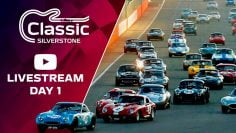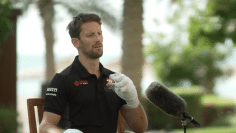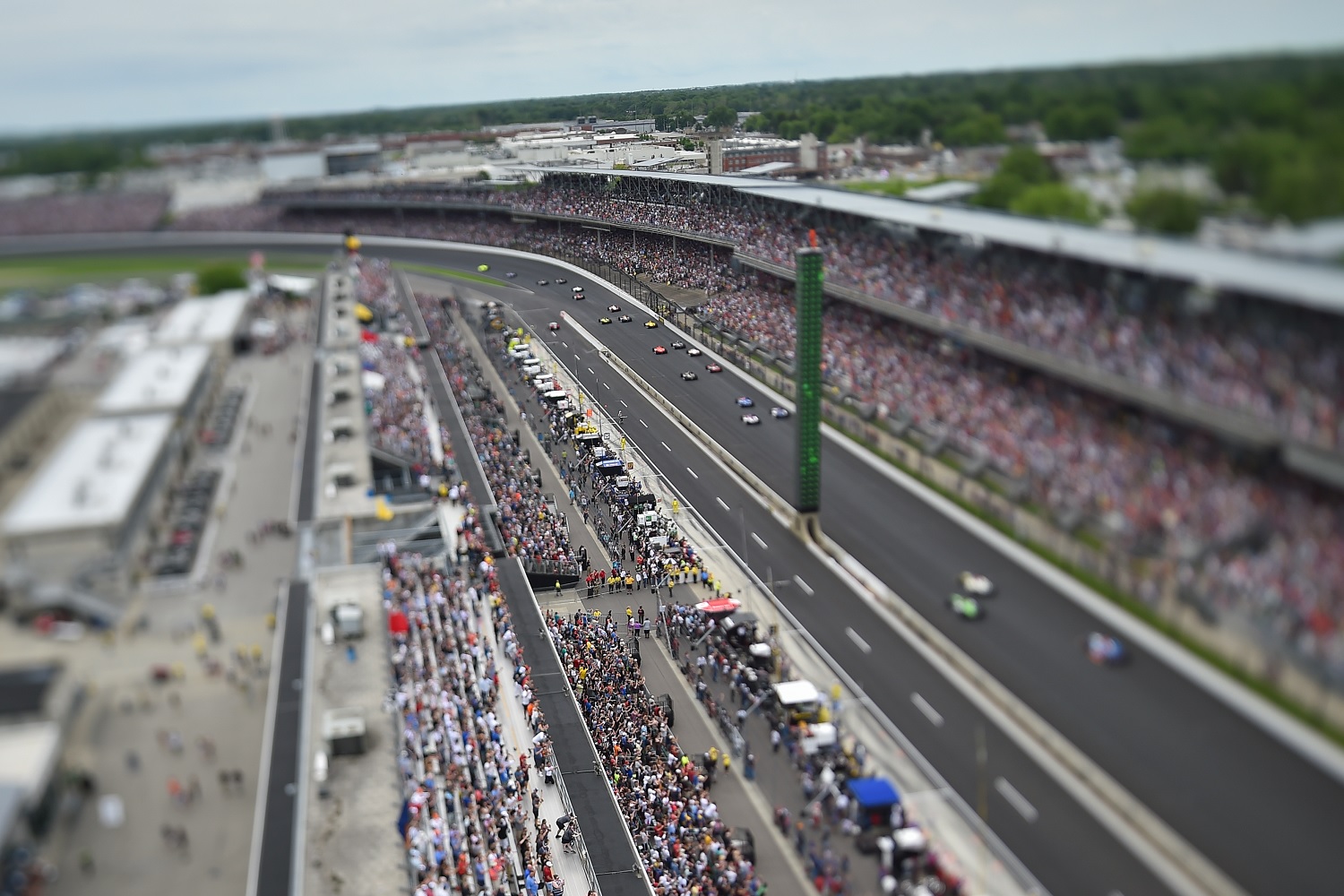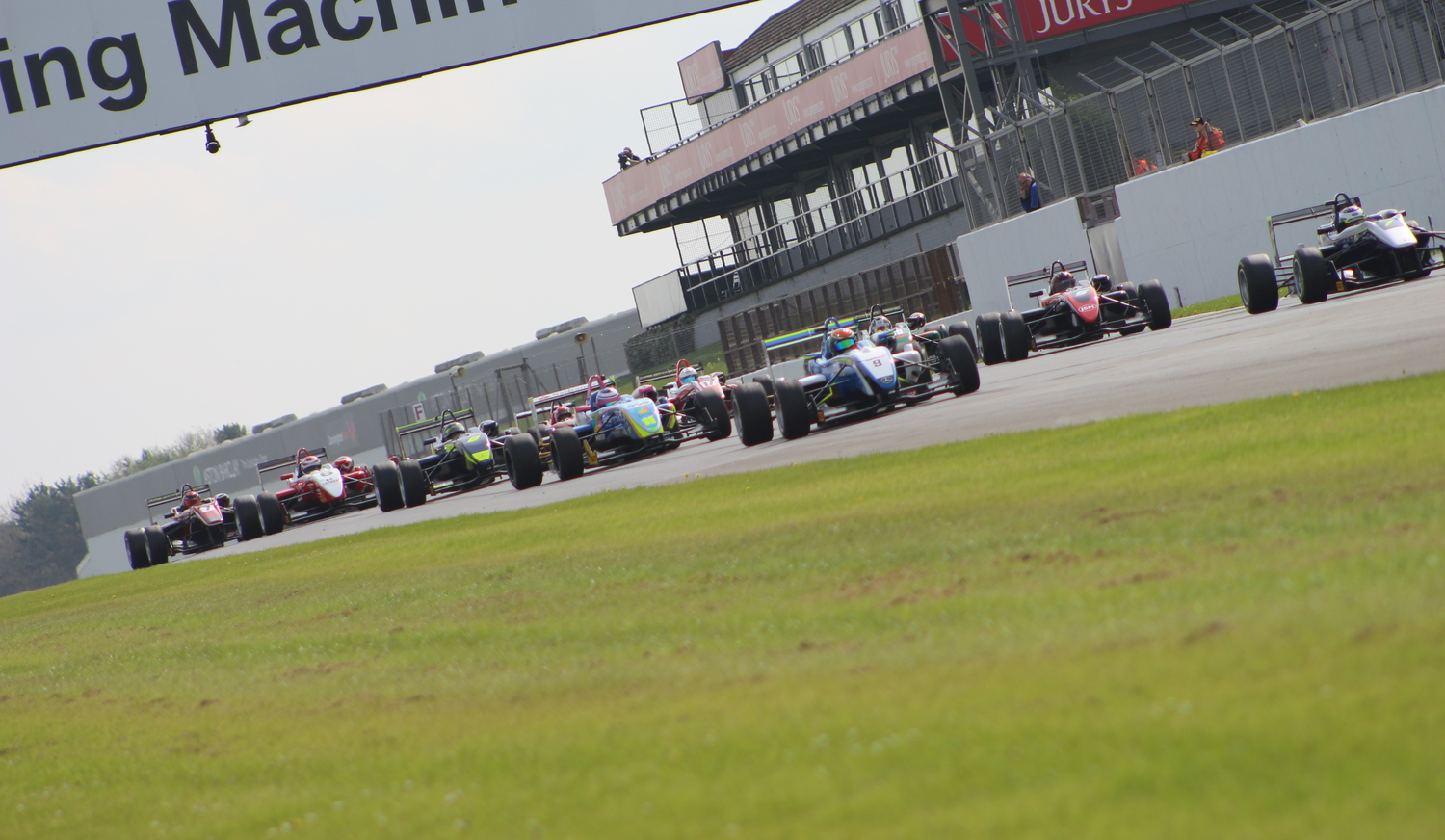
The UK’s Forgotten Formula 3 Series
Anyone who remembers the slow downfall of the Cooper Tyres British F3 Championship will be aware of the steadily rising costs and foreign competition that eventually killed not just the UK’s, but one of the worlds longest running championships.
While its resurgence as the BRDC British F3 Championship pleased a number of racing fans as well many young drivers, with seventeen such competitors present at this seasons opening round, for many it was the car that truly made Formula 3 what it was. In fact, with FIA European F3 currently on course to drop the F317 chassis and multi-engine formula, the traditional “Formula 3” appears to be all but dead in the next two years.
But you can still see these old Dallara’s racing.
No, I’m not talking about abroad or in one-off historic events. Last week, the MSV F3 Cup made its first appearance of the year, with the championship producing three winners from the three races it held at Donington Park.
While the more modern chassis’ are not permitted, as of this year, Dallara’s built up to 2016 can qualify in the series. Saying that, further regulations and limited supply of cars mean that the newest on show last weekend was the F312 driven by Jacopo Sebastiani and the Jeans brothers.
That’s not to say these three dominated though. While Sebastiani does enter the season as the defending champion, he was beaten over the course of the weekend, with Shane Kelly and Stephen Daly taking two victories alongside the Italian.

Daly, who steps up to the series after many a campaign in Formula Ford, seemed a natural in his new F308. The Irishman outclassed Sebastiani in qualifying, taking pole by 0.26 seconds.
The pair appeared to be in a world of their own, but the race proved tougher for both drivers, with Daly spinning in the opening event. While he set the fastest lap and clambered his way back to third, the win had already been lost to the champion.
Daly was not prepared to make the same mistake in the second encounter, this time hanging on to his pole and taking a maiden victory in front of Stuart Wiltshire and Kelly.
Sebastiani had picked up fourth after a dismal second race, only to repeat the result in the final encounter, unable to challenge the leaders. Kelly had not been the quickest all weekend on outright pace, but proved to be the star on Sunday afternoon, working his way up to first in the final race, passing both Daly and Wiltshire on track.
In previous years, Kelly has picked up a clean sweep of wins at Donington, but new opposition and a competitive front four ensured that only one winners trophy came his way by the conclusion. Having finished on the podium in every race, it had given the University of Wolverhampton Racing driver the championship lead, with another spin by Daly dropping him to fifth by the flag and thus two points behind Kelly in the standings.
Meanwhile another second place for Wiltshire ensured he left Donington third in the championship, in front of Sebastiani. Though with only 7 points separating the top four, the season is setting up to be a close and competitive affair all the way to the finish.
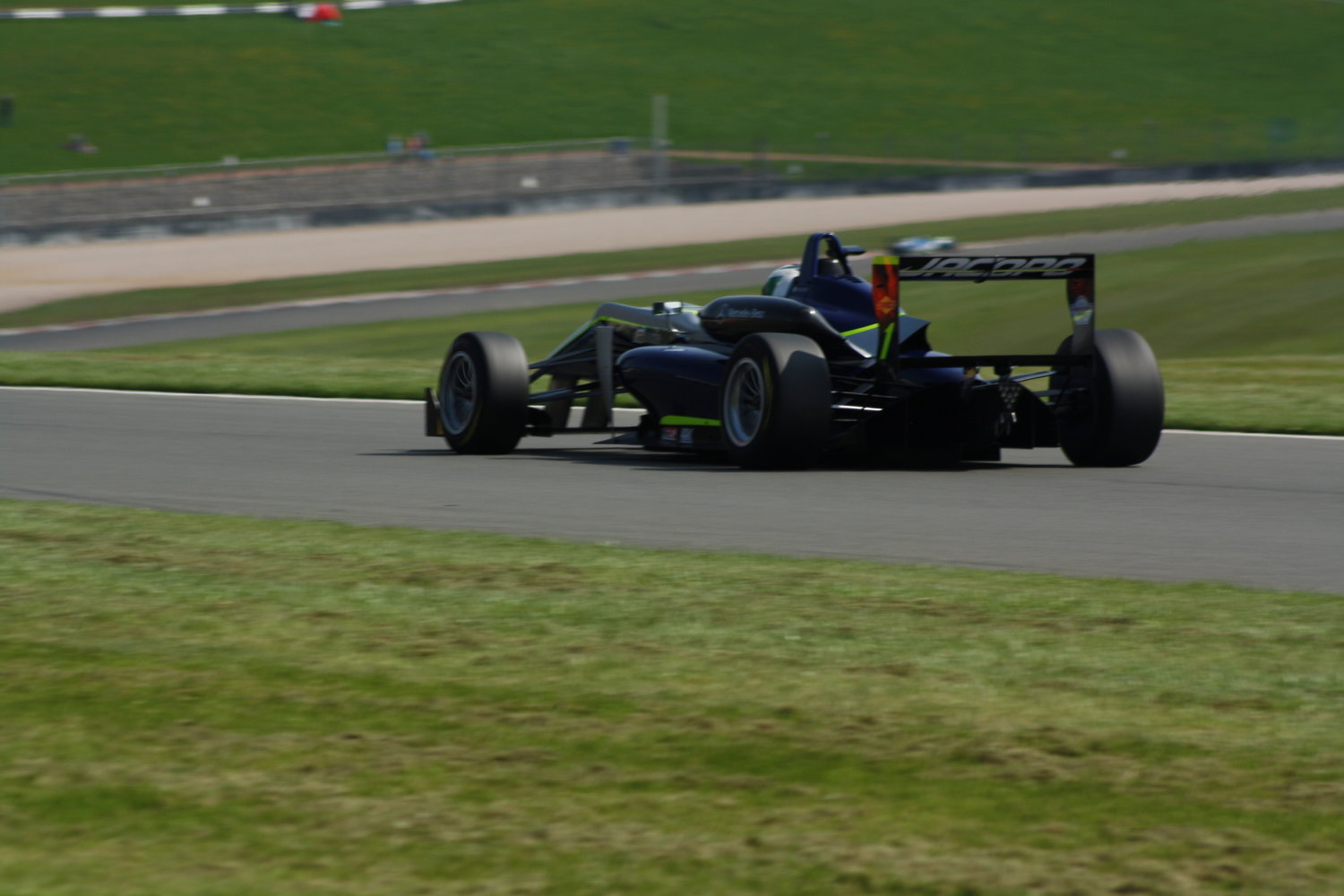
It’s hard now-a-days to call the Cup an F1 Feeder Series (the average age is older than most F1 retirees). Toby Sowery made a name for himself and the championships profile when he won the title on his racing debut in 2014, but F3 Cup has quickly become an amateur-funded series for historic F3 cars.
Unlike a number of historic events though, this is hardly a procession, with the final 20 minute race last weekend concluding in a four-way scrap for the lead. In fact, the top 3 were not separated by more than four seconds over the line for any of the three races.
Speed is hardly a concern either. Daly’s pole time was six seconds quicker than Paavo Tonteri’s fastest time in the British F4 Mygale’s during their test on Monday, while Daly’s first and second sector time was faster than Ben Hingeley’s pole lap in last seasons BRDC British F3 finale.
BRDC F3 use the GP circuit at Donington making comparisons difficult, though at Silverstone, F3 Cup comes out on top, with the old Dallara’s still (just) faster than the new Tatuus cars.
This fact, ensures that F3 Cup remains the fastest national single-seater championship in the UK.

Many fans of pure racing will still argue about the limitations put upon the cars, though this is hardly any more restrictive than the success ballast or engine restrictions used for Touring and GT cars. Talking of GT, F3 is not alone. Like its BRDC rival, MSV F3 Cup runs alongside a national GT series, in this case, the GT Cup. With LMP3 Cup Championship and the Toyo Tyres 7 Race Series also featuring, the MSVR Club package is one of the most diverse in the country.
Now of course the anoraks amongst us will point out that this is not the only place to see old Dallara F3’s in the UK, with the UKCG Monoposto Championship allowing machines from the early 2000’s onto their grid (a fact which may easily have contributed to the downfall of the Cup / Open class for older cars) and of course EuroFormula Open has its Silverstone round in September, but there’s something distinctly symbolic about watching what many consider to be the last great F3’s.
The Cup does not represent the last vestiges of traditional F3’s around the world. Japan and Brazil still run successful campaigns for young drivers, with the former regularly giving young talent a chance at the Macau GP. While countries like Australia and Austria run similar championships to that in the UK for older cars, but with technology and noise-reducing measures pushing motorsport further from its roots, sometimes it’s best to enjoy the beasts of old.
F3 Cup and the rest of the MSVR package return to action at Brands Hatch on 19-20 May.



![Private: [ID: 71rYi-xncgM] Youtube Automatic](https://motorradio-xijqc.projectbeta.co.uk/wp-content/uploads/2024/08/private-id-71ryi-xncgm-youtube-a-1-360x203.jpg)
![Private: [ID: 1SfHxvC8Doo] Youtube Automatic](https://motorradio-xijqc.projectbeta.co.uk/wp-content/uploads/2024/07/private-id-1sfhxvc8doo-youtube-a-1.jpg)
![Private: [ID: H6XRkf6kROQ] Youtube Automatic](https://motorradio-xijqc.projectbeta.co.uk/wp-content/uploads/2024/07/private-id-h6xrkf6kroq-youtube-a-1-360x203.jpg)
![Private: [ID: Kb6w-qAmKls] Youtube Automatic](https://motorradio-xijqc.projectbeta.co.uk/wp-content/uploads/2023/12/private-id-kb6w-qamkls-youtube-a-360x203.jpg)
![Private: [ID: CcpwYw20k3k] Youtube Automatic](https://motorradio-xijqc.projectbeta.co.uk/wp-content/uploads/2024/07/private-id-ccpwyw20k3k-youtube-a-360x203.jpg)

![[ID: x1SiRC5jhW4] Youtube Automatic](https://motorradio-xijqc.projectbeta.co.uk/wp-content/uploads/2022/04/id-x1sirc5jhw4-youtube-automatic-360x203.jpg)
![[ID: lMZ8lAeLubk] Youtube Automatic](https://motorradio-xijqc.projectbeta.co.uk/wp-content/uploads/2022/04/id-lmz8laelubk-youtube-automatic-360x203.jpg)
![[ID: GAYCcnqyFo4] Youtube Automatic](https://motorradio-xijqc.projectbeta.co.uk/wp-content/uploads/2022/04/id-gayccnqyfo4-youtube-automatic-360x203.jpg)
![[ID: Gg142H296QY] Youtube Automatic](https://motorradio-xijqc.projectbeta.co.uk/wp-content/uploads/2022/04/id-gg142h296qy-youtube-automatic-360x203.jpg)
![Private: [ID: PYDb727riQg] Youtube Automatic](https://motorradio-xijqc.projectbeta.co.uk/wp-content/uploads/2023/02/private-id-pydb727riqg-youtube-a-1-236x133.jpg)
